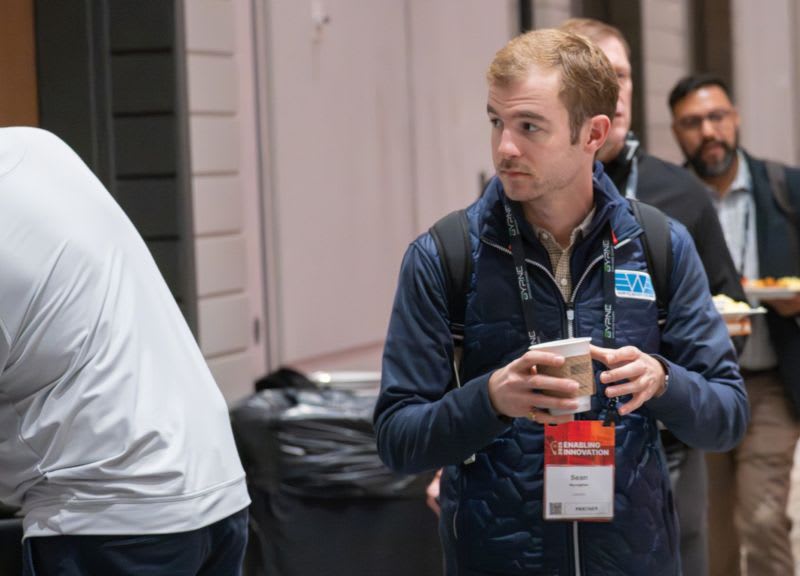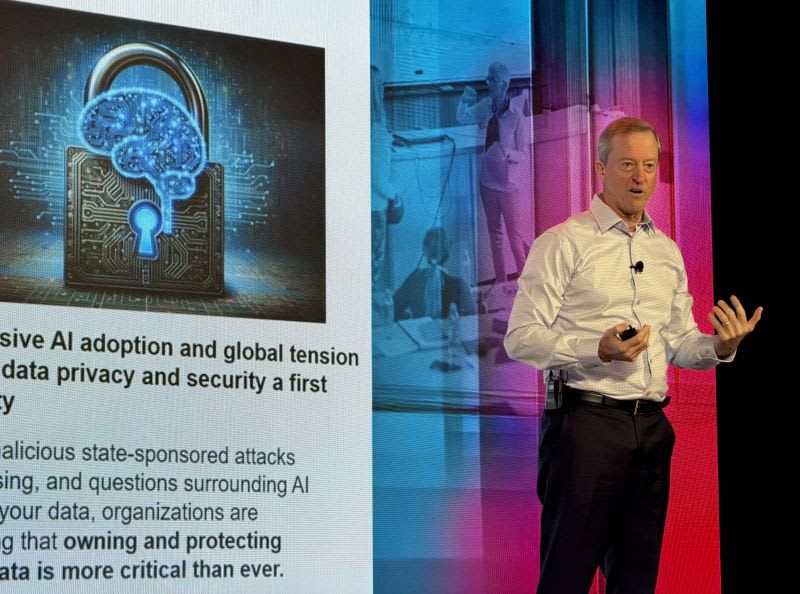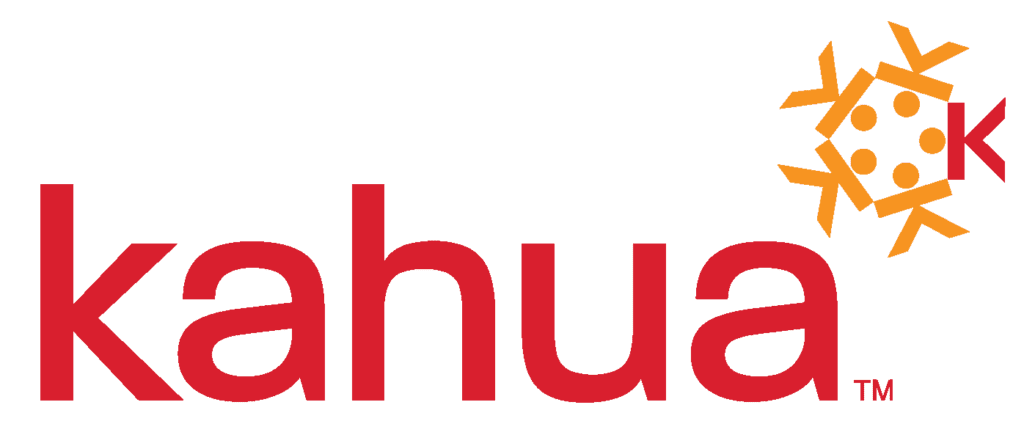Trust by Design: A Foundation for AI Adoption
Artificial intelligence promises to transform how we build and manage our built environment, through efficiency, increased capacity and risk reduction. For these benefits to materialize, people will actually need to adopt AI, at the individual level as well as the project and organizational levels, and we know this is often a slow process.
In the case of AI, where we are being asked to change not just software tools, but also our process and in some cases hire entirely new people, adoption is likely to be particularly tricky.
The key to unlocking all adoption processes is trust. Trust that the new technology will actually work as promised, trust that it is not creating new risks, and trust that the provider will be there as you adopt and learn. Let’s look at each of these, and how providers of AI can address them.
Trust in Function
AI is perhaps the most hyped technology in history.
 Every newsfeed is full of a constant flow of promises, announcements, comments and predictions. It is not every day that the President of the United States holds a press conference, in fact one of the first in the administration, to announce the importance of a technology, and then follow with a series of announcements about truly colossal investments in that technology, and that's just one example of many.
Every newsfeed is full of a constant flow of promises, announcements, comments and predictions. It is not every day that the President of the United States holds a press conference, in fact one of the first in the administration, to announce the importance of a technology, and then follow with a series of announcements about truly colossal investments in that technology, and that's just one example of many.
But does AI work?
Does AI do what users expect it to? Like most technologies, we can’t answer that about AI overall, trust comes down to how the AI is built, how it is deployed, how it is supported, and how all of that is made clear to would-be adopters. Users of AI win when we build AI-powered tools that explore gaps and opportunities in how people really work, and avoid getting seduced by the overblown promises in the media.
A great example of this is “vibe coding,” a new capability that AI can offer, where users can create software with normal language prompts. The hype promises the “end of the software developer,” and the possibility that everyday users can just spin up whatever they need, and it will work.
But the reality of making software that endures, that can support workflows securely and without endless issues, is that it is much harder than just coding up an app.
To work well, natural language-based apps that do real work are connected to databases, to security, to other software, and that all needs control and testing.
The successful software providers will offer this configurability, this flexibility, within a framework that provides the data connections, databases and user interface maturity that makes software useful. To the user, it will look like freedom; to the customer’s organization, it will look like controlled empowerment, where teams and individuals can securely adapt larger systems to fit their exact work style and processes, and continually change as they see fit.
To trust that AI will work, users and organizations need to know that it is not the wild west, and that new risks aren’t being created by these new capabilities.
Read up on the latest AI in construction at Kahua's conference, Enabling Innovations
Trust in Risk Management
 Over the course of their careers, workers develop their own processes to understand risk and manage it. By introducing too many automations, some AI providers suffer from adoption barriers, because workers feel a loss of control over their risk.
Over the course of their careers, workers develop their own processes to understand risk and manage it. By introducing too many automations, some AI providers suffer from adoption barriers, because workers feel a loss of control over their risk.
The answer, of course, is transparency.
By providing user interfaces that allow the user to spot check AI outputs and dashboards for process-level visibility, AI software providers give workers the reassurance that they have not lost control. Providers can then safely automate the mundane and not-so-mundane steps in their work that otherwise consume way too much time.
Trust in The Provider
The point of having a brand has always been to build trust: brands are reputation at scale. And that comes from a history of actually being trustworthy, a history that continues as companies develop and deploy AI.
 For many, this trust has eroded as companies rush to add new AI features before they are ready, while others wait for the technology to mature. At least as important as the technology itself is the support and internal behaviors of the provider.
For many, this trust has eroded as companies rush to add new AI features before they are ready, while others wait for the technology to mature. At least as important as the technology itself is the support and internal behaviors of the provider.
SOC 2 was introduced as a security measure because many risks come from human behavior, not just technical vulnerability. CMMC and FedRAMP make the internal training, controls and systems that build trust even more important.
Customers need to trust that their provider is handling their information carefully and securely, that they have internal controls to ensure this data handling remains secure, and training to match that security within the customer’s organization.
Read it: Kahua Launches Enterprise AI: A Security-First Approach to Transforming Capital Program Management
Privacy is Essential
Trust is not just about security, it must also include privacy - integrating data privacy protections into the design of information systems, products, and services. We cannot bolt privacy on later, any more than security – it is critical to ensure that privacy is considered from the outset, so it is baked into both features and the overall system that connects them.
Trust by Design
In an era when AI adoption is not optional, providers of AI software must do all they can to bake trust into everything, from how systems are built, to how they are managed, to how they are deployed and supported. Trust should not an afterthought; it needs to be the first consideration.


